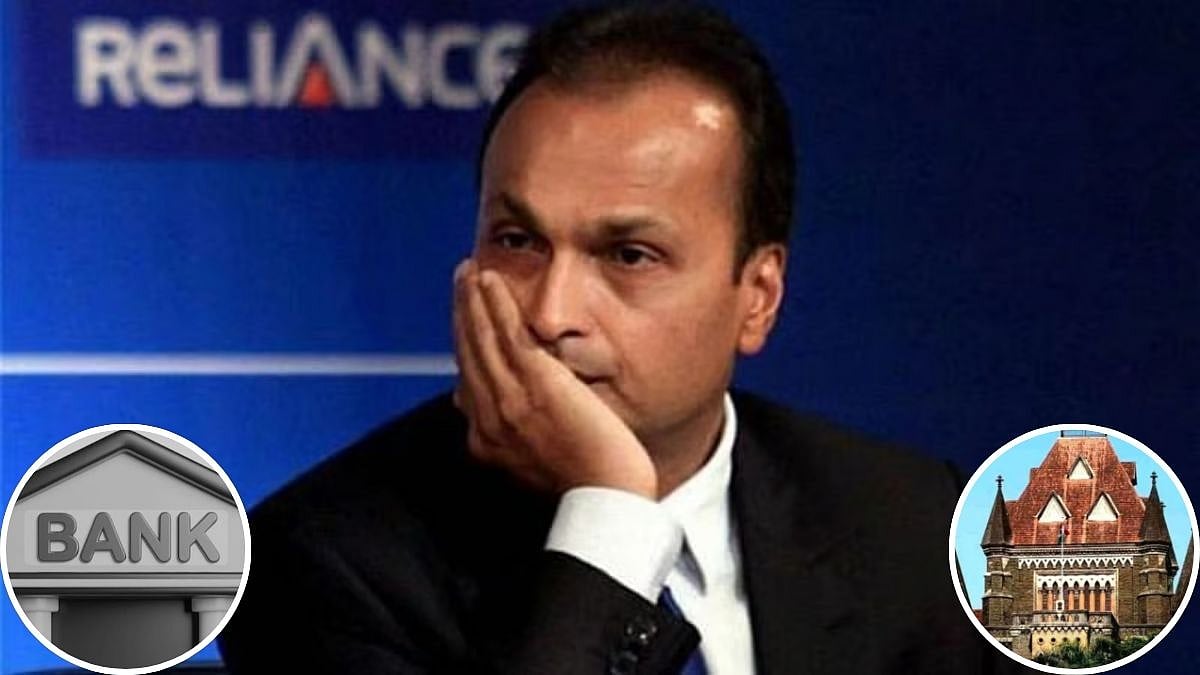It's the last month of 2022, and we are entering the next year with the fear of an upcoming recession. The inflation still remains a concern despite easing and the layoff wave refuses to die down. But before we enter the next year, here are a few of the policies that helped shape the Indian economy this year.
E-rupee
The Reserve Bank of India launched the digital rupee retail pilot on December 1, 2022. Using this currency, people will be able to make or receive payments in currency digitally through a mobile app.
The transactions of this central bank digital currency will directly happen through the phone without having a bank account linked or a bank acting as a mediator. This makes it different from the UPI, where you cannot make any transactions without having a bank account.
This is a major push by the central bank towards digitalisation and creating a safe space for the citizens to have more transactions.
Import discount on Russian oil
The Group of Seven (G7) set a price cap of $60 per barrel on Russian crude oil that came into effect on December 5, 2022. But despite the geopolitical pressure, India prioritised its energy needs and continued to buy oil from Russia at a discounted price.
India has saved nearly Rs 35,000 crore by importing crude from Russia since February, claimed the industry estimates. We imported oil at a discounted rate of $16 per barrel in May, which came down to $6 per barrel in August.
The Union Minister for Petroleum and Natural Gas, Hardeep Singh Puri, has said on multiple occasions that India will examine the prospect of the price cap and respond according to its national interest. He has also said that there are no moral conflicts in purchasing Russian oil as their government has a moral duty to the consumers.
Rupee trade
The center on November 9, allowed international trade settlements in the Indian currency for export promotion schemes under the foreign trade policy. Post this approval India has been able to make imports by paying in local currencies which helps save the forex reserves and at the same time boost exports.
It was in July when the RBI unveiled the mechanism for payment in Indian rupees, which also promoted it as an international currency. This helped with the transactions with countries like Russia, Cuba, and Luxembourg. It was an extremely beneficial move, as we can save a lot more when importing oil from Russia.
Crypto taxation
Cryptocurrencies and non-fungible tokens are currently not regulated in India but after multiple attempts to get a control over it, the government has levied a tax of 30 per cent plus a surcharge and a cess on the transfer of any virtual digital assets like Bitcoin or Ethereum.
The Income Tax Act came into effect on April 1, 2022, which states that if a person receives a VDA that exceeds Rs 50,000 then it is taxable income. The tax will depend on different factors like fair market value and gains.
Repo rate hike
The RBI in 2022 has increased the repo rate five times since May. The current repo rate is at 6.25 per cent. This has directly impacted borrowers who have taken loans on a floating rate basis like home loans. The reason for the slow repo rate is to prioritise growth in the country.
The US Federal Reserve till November had raised the interest rate by 3.75 per cent and they further raised it by half a per cent in December taking it to a targeted range between 4.25 per cent and 4.5 per cent, making it the highest in 15 years. This clearly shows that the fight against inflation is not yet over.
Australia FTA
India and Australia to strengthen their bonds signed a Free Trade Agreement (FTA) that will come into force on December 29, 2022. As per the Ministry of Commerce and Industry, India currently has 13 FTAs with multiple countries across the globe.
This FTA brings trade benefits for both countries as India will get zero-duty access for 100 per cent of its tariff lines and India will provide zero-duty access to Australia for 70.3 per cent of its tariff lines. It will also help generate employment for over a million people in the next five to seven years.















